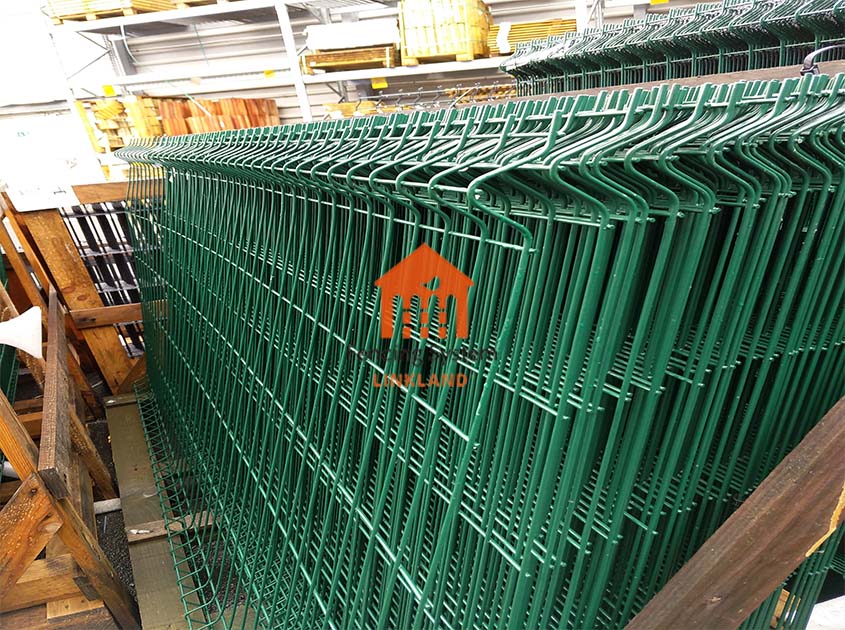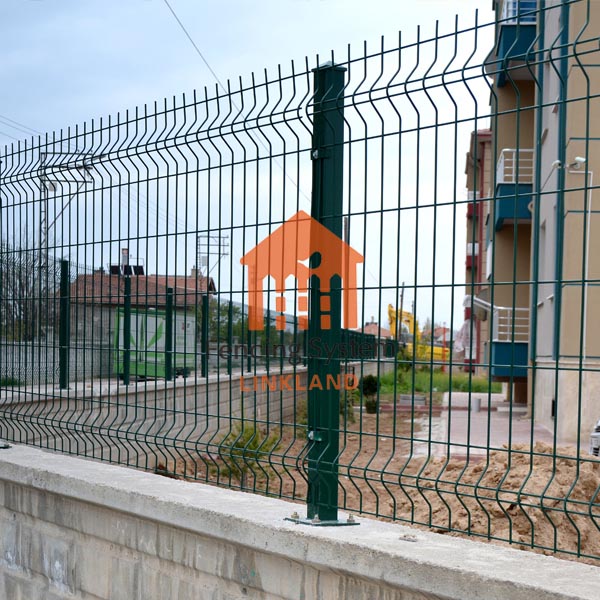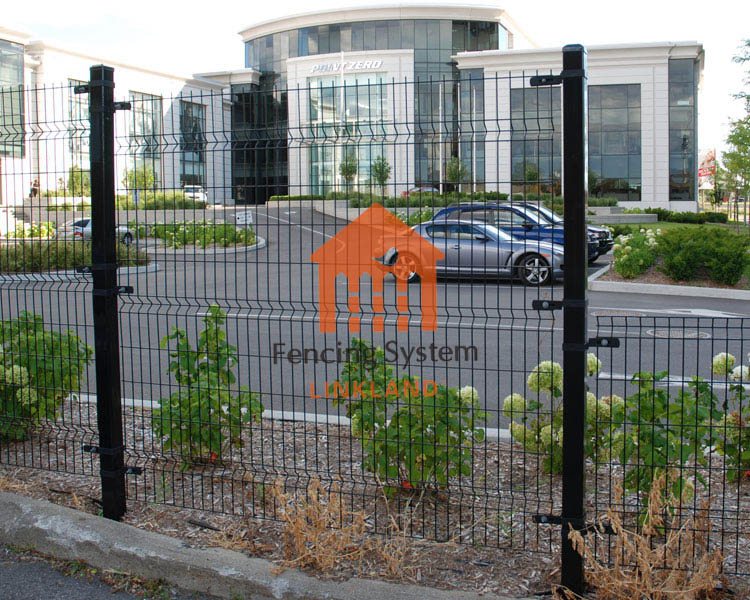galvanized steel
Galvanized steel is one of the commonly used materials for 3D fence, which has excellent corrosion resistance. During the manufacturing process, the steel surface is hot-dip galvanized to form a strong zinc-iron alloy coating. This covering layer can effectively isolate the steel from the external environment and prevent the corrosion of the steel by oxygen, moisture and other corrosive media. The galvanized layer has high corrosion resistance and can provide long-term protection under various harsh climate and environmental conditions.

stainless steel
Stainless steel is also one of the commonly used corrosion-resistant materials for 3D fences. Stainless steel has the advantages of high strength, corrosion resistance and wear resistance. Among them, 316 stainless steel is a stainless steel material with strong corrosion resistance, which is especially suitable for use in humid and acidic environments. The chromium element in stainless steel can form a dense chromium oxide film with oxygen to prevent corrosion. This allows the stainless steel material to maintain good durability in harsh climates and corrosive environments.

Aluminum alloy material
Aluminum alloy is another material choice with better corrosion resistance. Aluminum alloy has the characteristics of light weight, corrosion resistance and oxidation resistance, and is suitable for outdoor environments. The surface of the aluminum alloy can be anodized to form a hard oxide film, which enhances its corrosion resistance. In addition, aluminum alloys can also be sprayed or powder coated to further improve their corrosion resistance and aesthetics.

plastic coating
The plastic coating in the 3D fence material can also provide some corrosion resistance. The plastic coating can be uniformly covered on the metal surface by methods such as hot melt or electrostatic spraying to form a protective layer. This coating can effectively block the contact between the steel and the external corrosive medium, and delay the corrosion process of the steel. Plastic coatings offer good weather and chemical resistance while also offering a wide range of color options and aesthetics.
Through the analysis of the above four materials, we can see that 3D fence has a variety of material options in terms of corrosion resistance. Galvanized steel, stainless steel, aluminum and plastic coatings all provide good corrosion resistance and extend the life of the fence. According to actual needs and environmental conditions, selecting suitable materials can ensure that the 3D fence remains stable and durable in the face of corrosive environments.
Pre:3D fence Monitoring and Alerting System: Real-Time Detection and Response